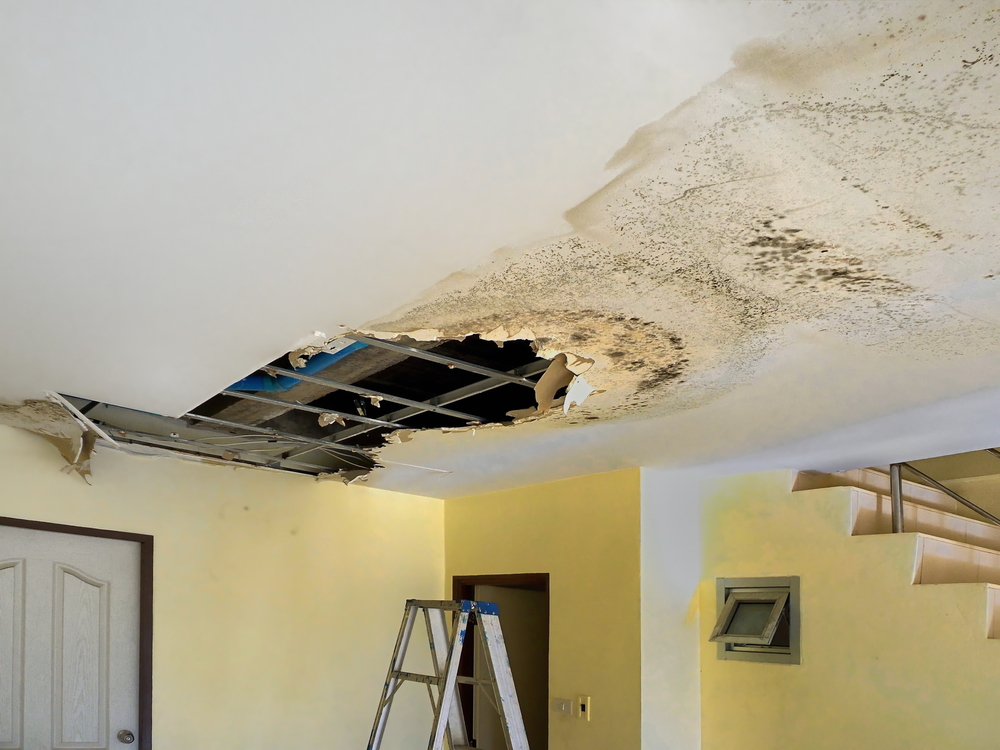Revealing Hidden Water Line Leaks: Six Useful Detection Tricks
Revealing Hidden Water Line Leaks: Six Useful Detection Tricks
Blog Article
Here below yow will discover some worthwhile insight pertaining to Finding hidden leaks.

Early detection of dripping water lines can alleviate a prospective calamity. Some tiny water leaks may not be visible.
1. Analyze the Water Meter
Examining it is a surefire means that helps you find leaks. If it moves, that suggests a fast-moving leak. This suggests you may have a sluggish leakage that might even be underground.
2. Check Water Intake
If you detect sudden modifications, regardless of your intake being the same, it indicates that you have leaks in your plumbing system. A sudden spike in your bill suggests a fast-moving leak.
At the same time, a steady boost every month, despite having the same practices, reveals you have a slow leak that's additionally slowly intensifying. Call a plumber to extensively check your residential property, specifically if you really feel a warm location on your floor with piping beneath.
3. Do a Food Coloring Test
When it pertains to water consumption, 30% originates from commodes. Examination to see if they are running properly. Decline specks of food color in the storage tank and wait 10 minutes. There's a leakage between the container and also bowl if the color in some way infiltrates your bowl throughout that time without flushing.
4. Asses Outside Lines
Don't neglect to check your outside water lines also. Must water seep out of the link, you have a loose rubber gasket. One small leakage can waste tons of water as well as spike your water expense.
5. Examine the circumstance as well as inspect
Home owners should make it a practice to examine under the sink counters and also inside closets for any kind of bad odor or mold and mildew development. These 2 red flags suggest a leakage so timely focus is required. Doing routine evaluations, even bi-annually, can conserve you from a major trouble.
More importantly, if you understand your house is already old, keep a watchful eye on your heating systems, hose pipes, pipelines etc. Look for stainings and damaging as many pipes and also home appliances have a life span. They will certainly also naturally deteriorate because of deterioration. Do not wait for it to intensify if you think dripping water lines in your plumbing system. Call a specialist plumber right now so you don't wind up with a horrible mess in your home.
Early discovery of dripping water lines can minimize a possible catastrophe. Some tiny water leakages might not be noticeable. Checking it is a guaranteed way that aids you find leaks. One small leak can waste loads of water and increase your water bill.
If you suspect dripping water lines in your plumbing system, do not wait for it to escalate.
WARNING SIGNS OF WATER LEAKAGE BEHIND THE WALL
PERSISTENT MUSTY ODORS
As water slowly drips from a leaky pipe inside the wall, flooring and sheetrock stay damp and develop an odor similar to wet cardboard. It generates a musty smell that can help you find hidden leaks.
MOLD IN UNUSUAL AREAS
Mold usually grows in wet areas like kitchens, baths and laundry rooms. If you spot the stuff on walls or baseboards in other rooms of the house, it’s a good indicator of undetected water leaks.
STAINS THAT GROW
When mold thrives around a leaky pipe, it sometimes takes hold on the inside surface of the affected wall. A growing stain on otherwise clean sheetrock is often your sign of a hidden plumbing problem.
PEELING OR BUBBLING WALLPAPER / PAINT
This clue is easy to miss in rooms that don’t get much use. When you see wallpaper separating along seams or paint bubbling or flaking off the wall, blame sheetrock that stays wet because of an undetected leak.
BUCKLED CEILINGS AND STAINED FLOORS
If ceilings or floors in bathrooms, kitchens or laundry areas develop structural problems, don’t rule out constant damp inside the walls. Wet sheetrock can affect adjacent framing, flooring and ceilings.
https://www.servicemasterbyzaba.com/blog/how-to-detect-water-leakage-in-walls/

I was made aware of that report on Finding hidden leaks from a friend on a different web page. If you liked our blog entry please remember to pass it around. Thanks for going through it.
Urgent fix? Dial. Report this page